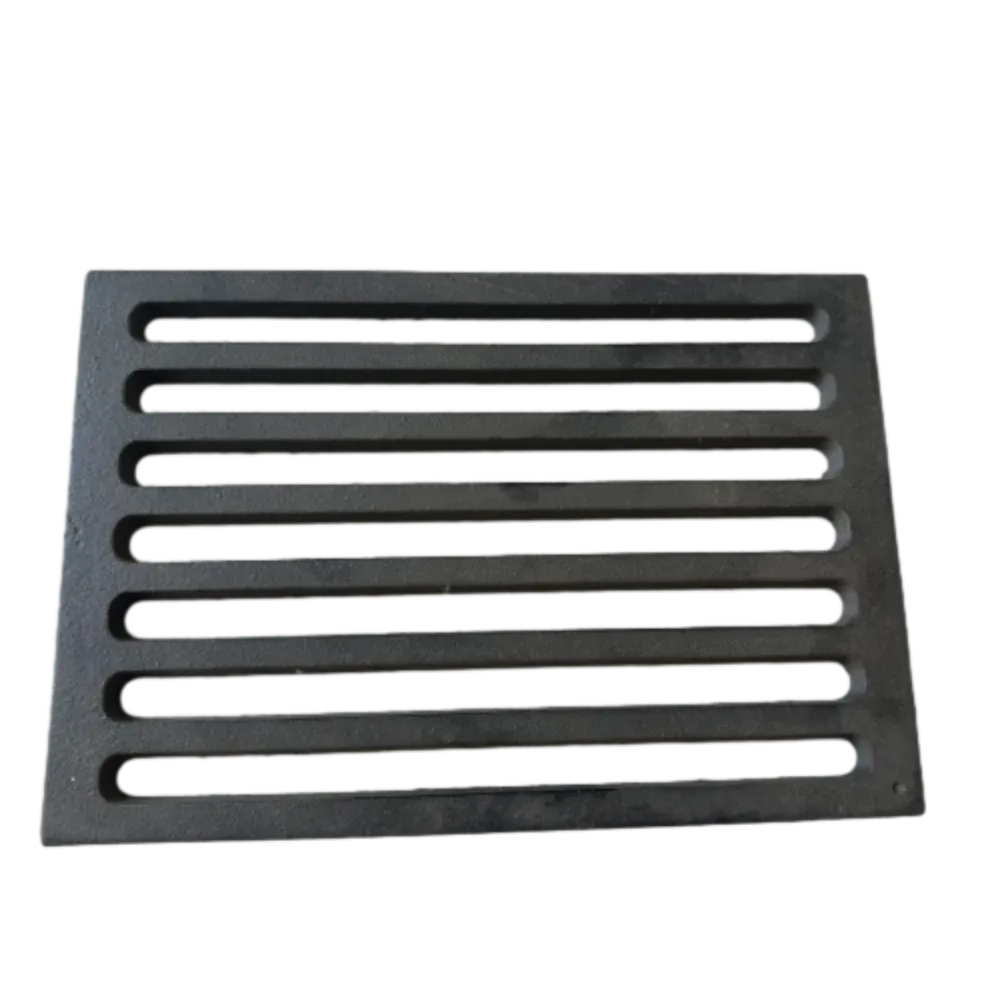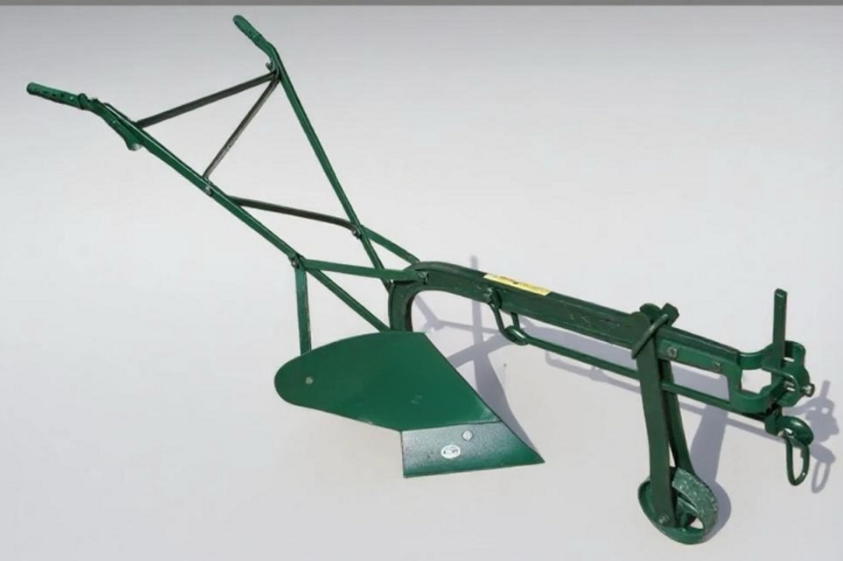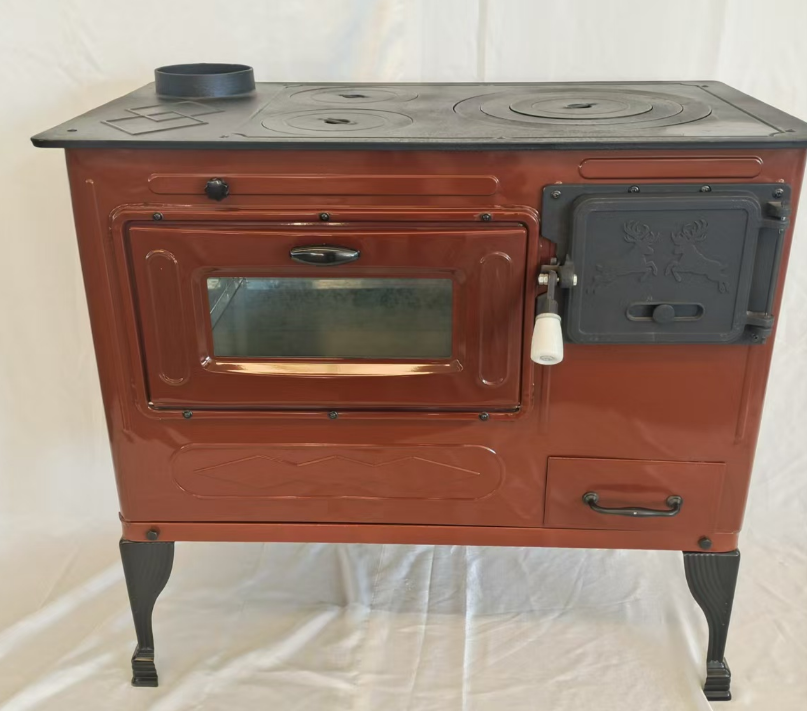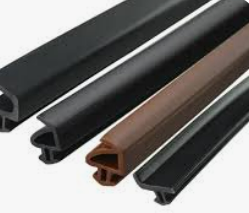What Is the Best Material for a Fireplace Grate
Selecting the right material for your fireplace grate can greatly influence your fireplace's efficiency, durability, and overall performance. Fireplace grates are essential for holding firewood or coal, allowing proper airflow, and ensuring a cleaner burn. While various materials are available, each comes with distinct benefits and drawbacks. This article explores the best materials for fireplace grates, focusing on cast iron fireplace grates and their advantages over other options.
Why Material Matters for Fireplace Grates
The material of a fireplace grate determines its durability, heat retention, and ability to withstand high temperatures. A grate made from the right material will last longer, resist warping, and improve the efficiency of your fireplace. Common materials include steel, wrought iron, and cast iron, each offering unique features suited to different needs.
Cast Iron Fireplace Grates: The Premium Choice
A cast iron fireplace grate is often considered the best option for frequent fireplace users. Cast iron is incredibly durable, able to endure the intense heat of burning logs or coal without warping or cracking. Additionally, cast iron grates are known for their superior heat retention properties.
Durability and Longevity:
Cast iron grates are built to last. Their robust construction makes them less prone to bending or breaking under heavy loads or extreme temperatures. For homes where the fireplace is used regularly, cast iron offers unmatched reliability.
Heat Retention and Distribution:
Cast iron material absorbs and radiates heat efficiently, ensuring that your room stays warmer for longer. This property makes cast iron grates especially appealing in colder climates or for those seeking cost-effective heating solutions.
Aesthetic Appeal:
Many cast iron stove grates are designed with intricate patterns, making them as visually appealing as they are functional. Their classic look complements both traditional and modern fireplaces.

Steel Fireplace Grates: A Lightweight Alternative
Steel grates are another popular option for fireplaces. While not as durable as cast iron, they have their own set of advantages:
Lightweight and Easy to Handle:
Steel grates are lighter than cast iron, making them easier to install and move when cleaning or maintaining your fireplace.
Cost-Effective:
Steel grates are generally more affordable, making them an attractive choice for occasional fireplace users.
Drawbacks:
However, steel grates are less durable and can warp under high temperatures, especially with frequent use. They also lack the heat retention capabilities of cast iron.
Wrought Iron Fireplace Grates: A Middle Ground
Wrought iron grates combine elements of both steel and cast iron. They are durable and resistant to warping while being lighter than cast iron. Wrought iron grates are often used for their decorative appeal, featuring elaborate designs that enhance the fireplace’s aesthetic. However, they lack the superior heat retention of cast iron.
Comparing Cast Iron to Other Materials
| Feature | Cast Iron | Steel | Wrought Iron |
|---|---|---|---|
| Durability | Excellent | Moderate | Good |
| Heat Retention | High | Low | Moderate |
| Cost | Moderate to High | Low | Moderate |
| Weight | Heavy | Light | Moderate |
| Aesthetic Appeal | High | Moderate | High |
From this comparison, it's clear that cast iron fireplace grates outperform their counterparts in durability and heat retention, making them ideal for frequent fireplace users.
Tips for Maintaining a Cast Iron Fireplace Grate
To maximize the lifespan and performance of your cast iron grate, follow these maintenance tips:
Regular Cleaning:
Remove ashes and debris after each use to prevent buildup that could degrade the grate.
Prevent Rust:
Cast iron is prone to rust if exposed to moisture. Ensure the grate is completely dry after cleaning, and consider applying a light coat of oil to protect it.
Avoid Overloading:
While cast iron is strong, overloading the grate with excessive logs or coal can cause unnecessary stress and reduce its lifespan.
Re-season Periodically:
Like cast iron cookware, grates benefit from occasional seasoning with vegetable oil to maintain their protective coating.
When it comes to durability, heat retention, and overall performance, a cast iron fireplace grate stands out as the best material for most users. Its ability to withstand high temperatures without warping, coupled with its classic aesthetic and efficient heat distribution, makes it the top choice for both fireplaces and wood-burning stoves.
However, if you’re seeking a lightweight and budget-friendly option, steel grates may suffice for occasional use. For those who value decorative appeal, wrought iron grates provide a stylish middle ground.
Ultimately, the best material for your fireplace grate depends on your specific needs, frequency of use, and budget. By investing in a high-quality cast iron grate and maintaining it properly, you can enjoy a warm, efficient, and visually appealing fireplace for years to come.
-
Plough Wheel Cast Iron Material Enhances Load-BearingخبرونهNov.10,2025
-
Cast Iron Cooking Stove Heat Retention Ensures Even Food HeatingخبرونهNov.10,2025
-
Rubber Strip Shock Absorption Protects Window EdgesخبرونهNov.10,2025
-
Aluminum Profiles High Corrosion Resistance Suits Coastal AreasخبرونهNov.10,2025
-
Window Handle Aluminum Material Ensures Lightweight DurabilityخبرونهNov.10,2025
-
Sliding Roller Plastic Housing Fits Aluminum Sliding WindowsخبرونهNov.10,2025
-
 Plough Wheel Cast Iron Material Enhances Load-BearingNov-10-2025Plough Wheel Cast Iron Material Enhances Load-Bearing
Plough Wheel Cast Iron Material Enhances Load-BearingNov-10-2025Plough Wheel Cast Iron Material Enhances Load-Bearing -
 Cast Iron Cooking Stove Heat Retention Ensures Even Food HeatingNov-10-2025Cast Iron Cooking Stove Heat Retention Ensures Even Food Heating
Cast Iron Cooking Stove Heat Retention Ensures Even Food HeatingNov-10-2025Cast Iron Cooking Stove Heat Retention Ensures Even Food Heating -
 Rubber Strip Shock Absorption Protects Window EdgesNov-10-2025Rubber Strip Shock Absorption Protects Window Edges
Rubber Strip Shock Absorption Protects Window EdgesNov-10-2025Rubber Strip Shock Absorption Protects Window Edges












